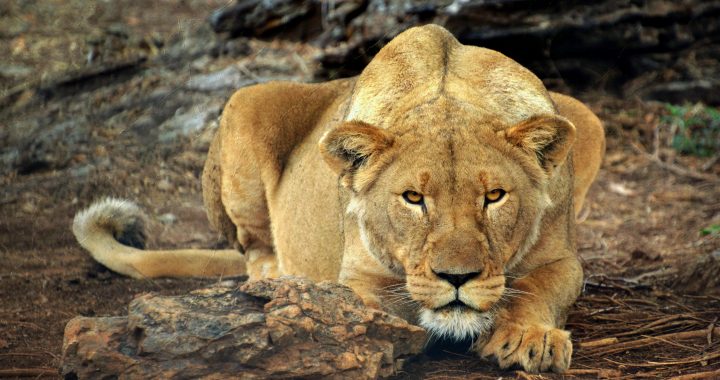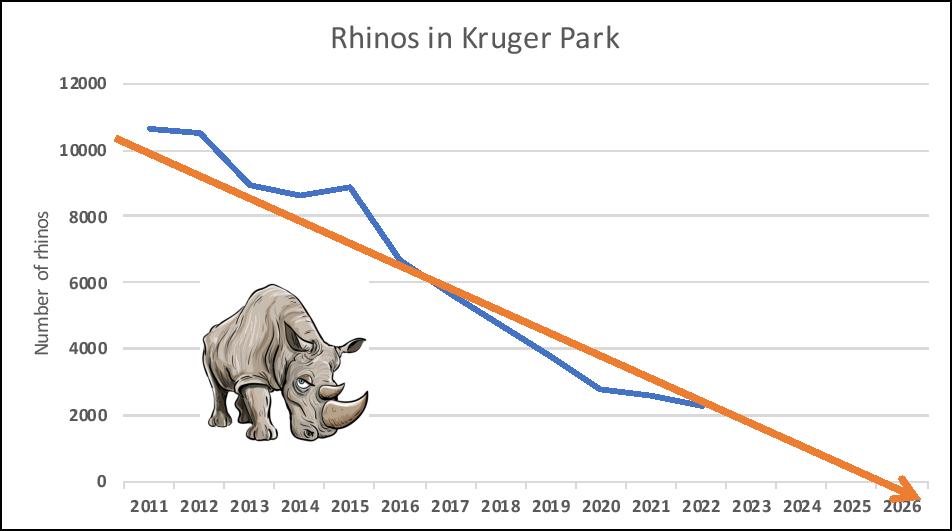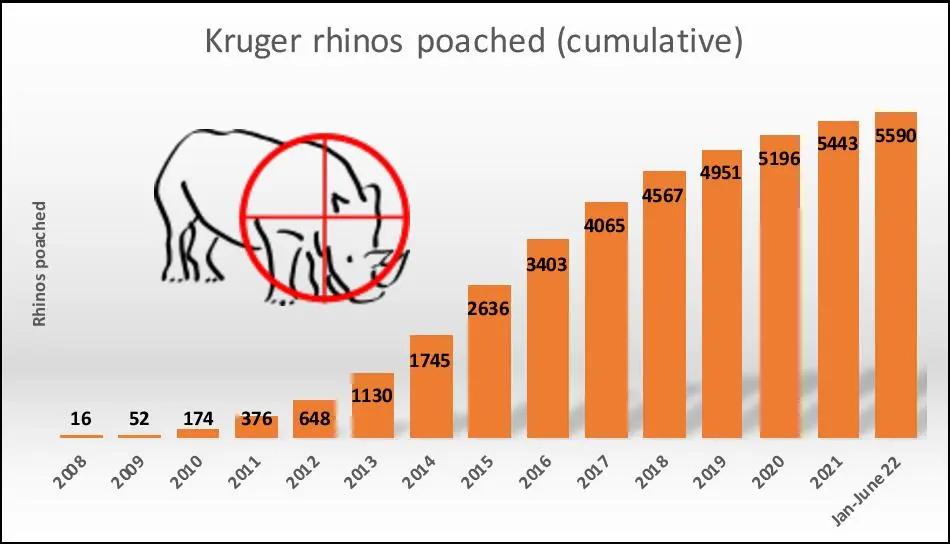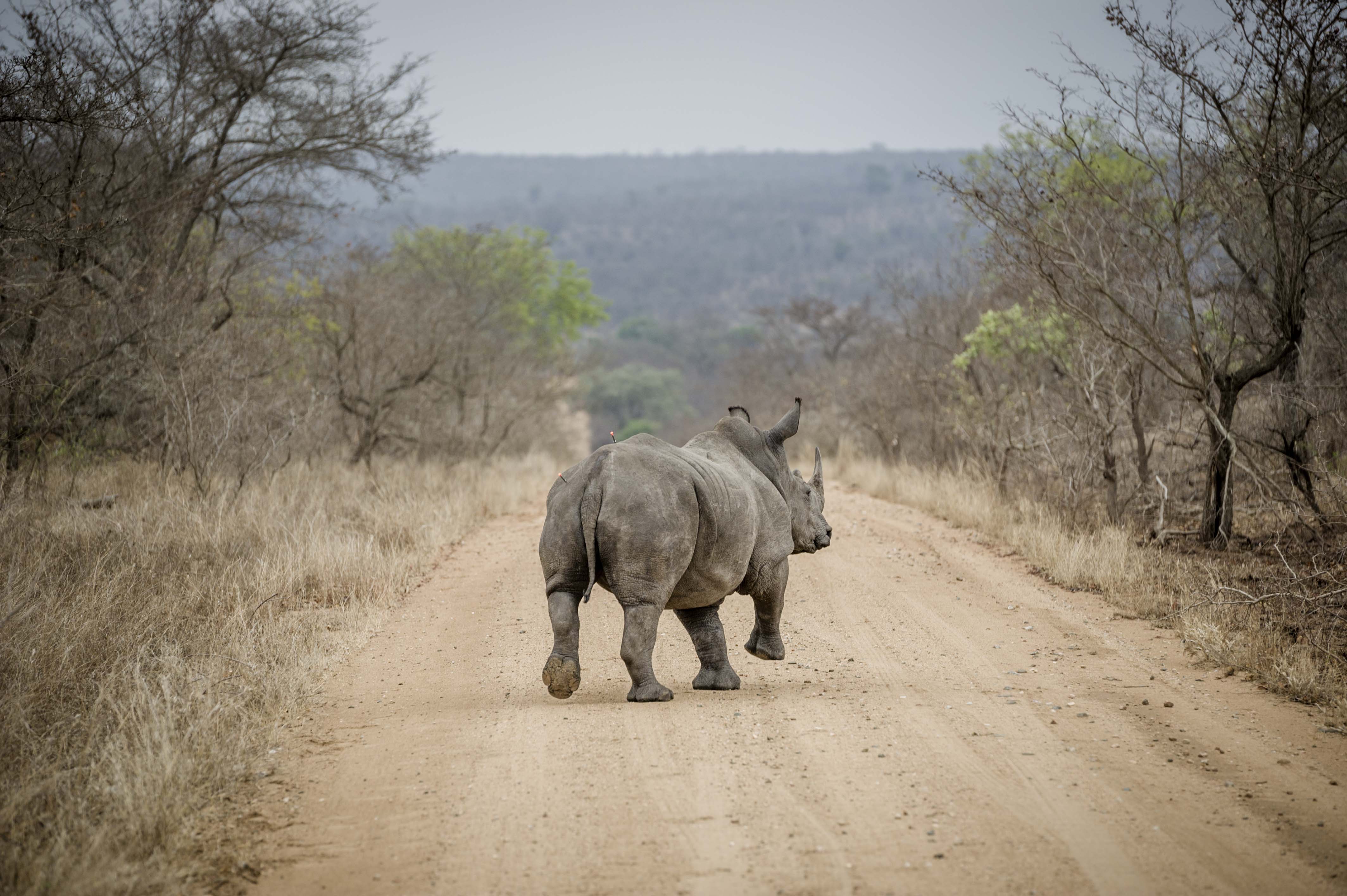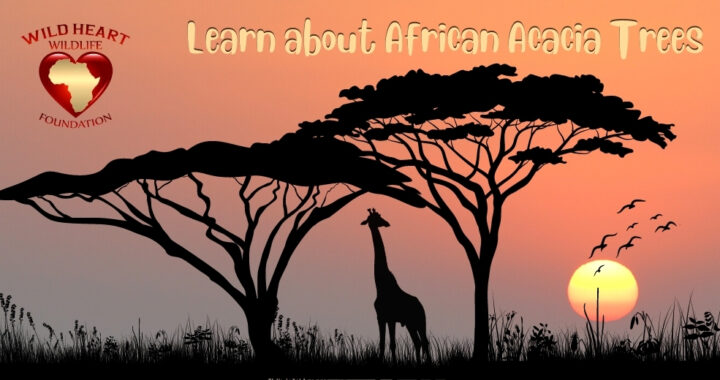Lion Breeder found guilty
In a precedent-setting ruling, captive Lion breeder Gert Claasen was found guilty on contravention of The Animals Protection Act 71 of 1962. Although only sentenced to a fine of R4000 or 12 months imprisonment, this is the first successful case relating to the welfare of captive bred Lions in South Africa. The NSPCA regards it as a major win that the Steilfontein Farm owner has been brought to book for the cruel, negligent confinement of these animals. This sets a precedent for every related cruelty case that will be brought before the courts.
Inspections reveal horrendous cruelty
The case was brought before the court by the NSPCA, following joint inspections with the Provincial Nature Conservation (DESTEA: Economic, Small Business Development, Tourism and Environmental Affairs) and DFFE (the Department of Forestry, Fisheries and Environment). The officials’ 2022 visit to Claasen’s Steilfontein Farm, based in the area of the town Petrus Steyn in the Free State Province, revealed animal welfare concerns with regards to the captive conditions of several feline predators. Follow-up inspections revealed that conditions had worsened, with no fresh drinking water available, rotting meat and faeces left in the enclosures, fly infestations, obvious signs of malnourishment, paralysis and pain without veterinary intervention, and lack of shelter – all of which contravene the Act. (Animal Protection Act 71 of 1962). Over-crowding within the enclosures further contravened the permit conditions.
Breeding breaking the brand
In South Africa, the captive bred Lion industry is alive and well, with around 8000 captive Lions being bred on more than 500 farms. It is not currently illegal, provided that the breeders do have the correct permits in place. A high-level panel on the management, breeding, hunting, trade and handling of Elephants, Lions, Leopards, and Rhinos, in May 2021, recommended the formation of a ministerial task team – to identify and recommend pathways for captive lion owners to exit their business voluntarily, with the premise that it would be outlawed in the future. This task team was formed by DFFE Minister Barabara Creecy, in December 2022.
Wild Lion Conservation in South Africa is mostly funded by Eco-tourism, which has been negatively impacted by the sordid captive Lion industry. The captive Lion industry therefore poses a risk to the sustainability of Lion Conservation in South Africa. The panel recommended the closure of the captive breeding sector and its resultant trade in body parts.
Breeding for greed
Captive bred Lions are exploited at every level. The Lionesses are breeders, producing an ongoing litter of cubs, which are removed from her within a few days at most. These cubs get petted and fed and photographed by unsuspecting tourists and paying volunteers who believe the lies that these cubs had been abandoned in the wild. The next stage is walking with lions, which once again generates millions of Rands (for the owner – not for Lion Conservation). Once the Lions have become too big to walk with safely, they are shipped to hunting farms for trophy / canned hunts. The last level of exploitation is the selling of the body parts, skin, teeth, bones – nothing escapes the greed. The cycle starts all over again.
Many South African organizations, including Wild Heart Wildlife Foundation, have been actively involved in bringing awareness of and seeking solutions for the captive breeding industry to South African citizens and the rest of the world. Because it is such a lucrative industry, with one Lion able to earn its owner over ZAR 2million during a relatively short lifespan, it is challenging for small NGOs to compete with the funding these breeders have at their disposal.
Small steps to success
It’s easy to become disheartened and overwhelmed by what is happening with captive lions in South Africa, so we have to focus on the successes. And although the fine imposed on Gert Claasen is laughable, it still resulted in him now having a criminal record, and being instructed by the Judge to warn the other captive lion breeders. While fighting against the horrific captive lion breeding industry in South Africa, as long as every step leads to the same outcome, small steps are fine too.
Written by Carina Crayton (Co-Founder Wild Heart Wildlife Foundation)
#WHWF #WildHeartWildlifeFoundation #EthicalConservation #StopCaptiveLionBreeding #NotYoursToPet #EthicalVolunteering #EcoTourism #BrandSouthAfrica

